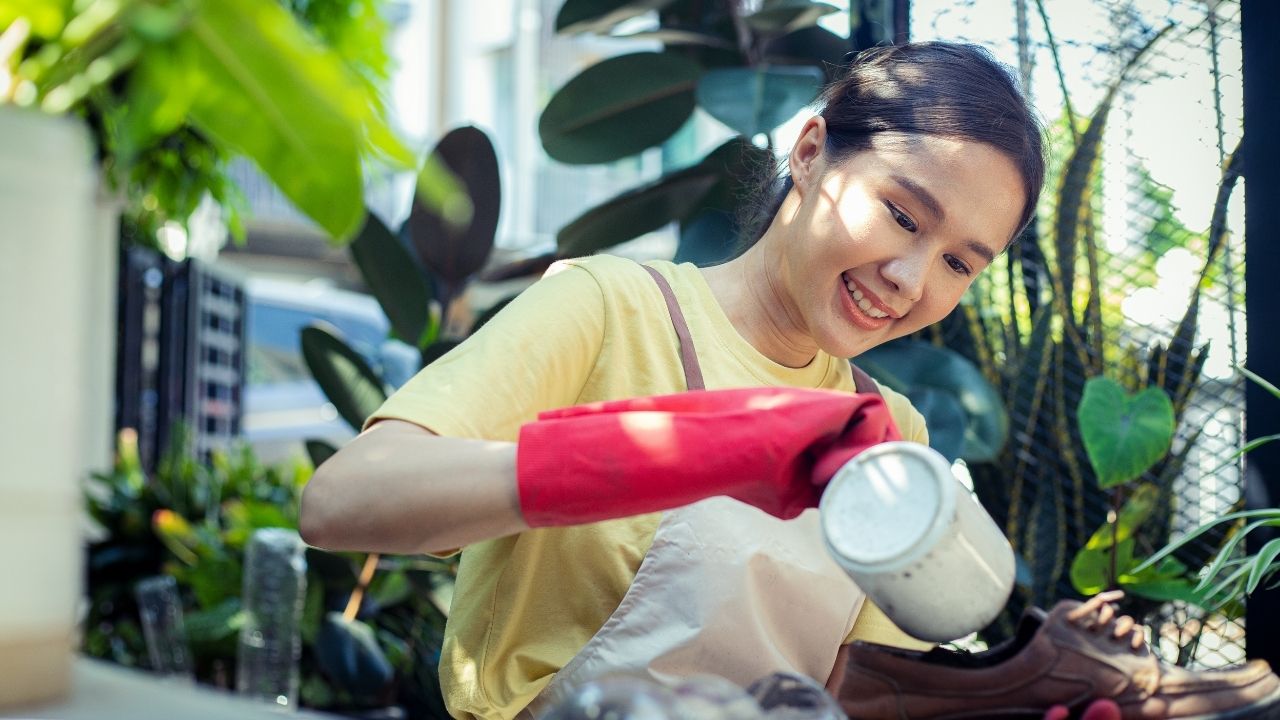
The circular economy is a revolutionary economic model that challenges the traditional linear "take-make-waste" approach to production and consumption. Instead, it embraces the principles of sustainability, recycling, and reuse, creating a closed-loop system that minimizes waste and maximizes the value of resources.
At the heart of the circular economy is the idea that products and materials should be designed to be used, reused, and recycled for as long as possible, rather than being discarded after a single use. This shift in mindset requires a fundamental change in the way we approach manufacturing, product design, and consumer behavior.
The Principles of the Circular Economy
The circular economy is built on three key principles:
1. Design out waste and pollution: By rethinking product design and manufacturing processes, we can eliminate waste and reduce the environmental impact of our activities.
2. Keep products and materials in use: Through reuse, repair, refurbishment, and recycling, we can extend the life of products and materials, preventing them from ending up in landfills or the environment.
3. Regenerate natural systems: The circular economy aims to restore and replenish natural resources, ensuring that the systems we rely on are healthy and resilient.
The Benefits of the Circular Economy
The transition to a circular economy offers a wide range of benefits, both for the environment and for businesses and communities. Some of the key advantages include:
1. Environmental sustainability: By reducing waste, minimizing resource extraction, and promoting recycling and reuse, the circular economy helps to mitigate climate change, conserve natural resources, and protect ecosystems.
2. Economic opportunities: The circular economy creates new business models, jobs, and revenue streams, as companies seek to recover and repurpose materials and products.
3. Social impact: The circular economy can foster more equitable and inclusive economic systems, as it creates opportunities for individuals and communities to participate in the recovery and reuse of materials.
Examples of the Circular Economy in Action
The circular economy is already being implemented in various industries and sectors around the world. Here are a few examples:
1. Product-as-a-Service: Companies like Philips and Rolls-Royce offer "product-as-a-service" models, where they retain ownership of their products and are responsible for maintaining, repairing, and eventually recovering them.
2. Closed-Loop Recycling: The aluminum industry has made significant strides in closed-loop recycling, where aluminum cans and other products are continuously recycled and reused, with minimal loss of material quality.
3. Sharing Economy: Platforms like Airbnb and Uber enable the sharing of underutilized assets, such as homes and cars, reducing the need for individual ownership and promoting more efficient resource use.
The Transition to a Circular Economy
Transitioning to a circular economy requires a collaborative effort from businesses, governments, and individuals. This includes:
1. Rethinking product design: Designers and manufacturers must consider the entire lifecycle of a product, ensuring that it can be easily repaired, upgraded, and recycled.
2. Developing new business models: Companies must explore alternative revenue streams, such as leasing, sharing, or take-back programs, that incentivize the recovery and reuse of materials.
3. Implementing policies and regulations: Governments can play a crucial role by enacting policies, regulations, and incentives that encourage the adoption of circular practices.
4. Changing consumer behavior: Individuals can contribute to the circular economy by making more sustainable purchasing decisions, repairing and reusing products, and properly disposing of waste.
The Future of the Circular Economy
As the world grapples with the pressing challenges of environmental degradation, resource depletion, and climate change, the circular economy offers a promising path forward. By rethinking our production and consumption patterns, we can create a more sustainable, resilient, and equitable economic system that benefits both the environment and society as a whole.
The transition to a circular economy is a complex and ongoing process, but the potential rewards are immense. By embracing the principles of sustainability, recycling, and reuse, we can build a future where waste is no longer an inevitability, but rather a valuable resource to be recovered and repurposed.
As we move forward, it is crucial that we continue to innovate, collaborate, and invest in the development of circular economy solutions. Together, we can create a more sustainable and prosperous future for generations to come.
 Family Craft ProjectsHome ImprovementCooking and BakingReuse and RecycleDIY GiftsEco-Friendly ProjectsDIY Home SolutionsSeasonal ActivitiesFun and GamesLearn TogetherPrivacy PolicyTerms And Conditions
Family Craft ProjectsHome ImprovementCooking and BakingReuse and RecycleDIY GiftsEco-Friendly ProjectsDIY Home SolutionsSeasonal ActivitiesFun and GamesLearn TogetherPrivacy PolicyTerms And Conditions
